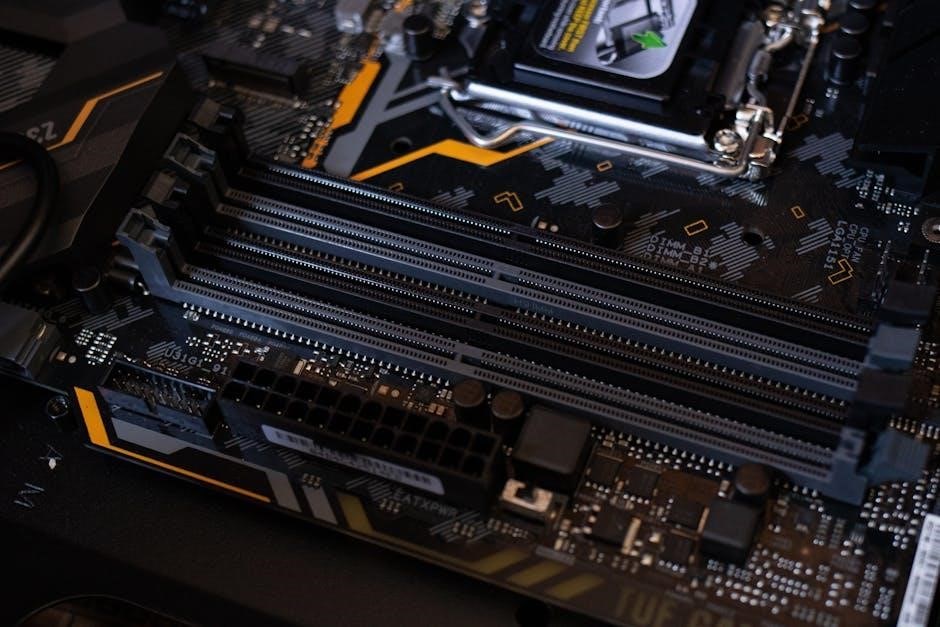NEMA connector charts are essential tools for identifying and selecting the correct electrical connectors, ensuring safe and compatible connections. These charts are based on standards set by the National Electrical Manufacturers Association (NEMA) and provide detailed information about plug and receptacle configurations. They are widely used in industrial, commercial, and residential settings to match the right connectors with specific applications.
The charts include technical specifications such as voltage, amperage, and wiring configurations, making it easier to decode plug and receptacle types. For example, a NEMA 5-15P plug indicates a 15-ampere, 125-volt plug, while a NEMA 5-15R receptacle is its corresponding outlet. The charts also distinguish between straight blade and locking connectors, which are critical for different uses.
By referencing a NEMA connector chart, users can quickly determine the appropriate connector for their needs, ensuring proper installation and operation. These charts are available in PDF format for easy access and reference, making them a valuable resource for electricians, engineers, and DIY enthusiasts alike. Always consult the ANSI/NEMA WD-6 standard for the most accurate and up-to-date information.

How to Read the NEMA Chart

Understanding how to read a NEMA connector chart is essential for selecting the correct electrical connectors for any application. These charts are designed to provide a quick reference for identifying plugs, receptacles, and their respective configurations. By decoding the information presented in the chart, users can ensure compatibility, safety, and optimal performance. Below is a step-by-step guide on how to interpret and use a NEMA connector chart effectively.
Understanding the Identifier System
NEMA connectors are identified using a specific coding system that consists of numbers and letters. This system provides detailed information about the connector’s voltage, amperage, and configuration. The first step in reading the chart is to familiarize yourself with this identifier system.
The NEMA identifier typically follows this format: NEMA X-Y-Z, where:
- X: Indicates the number of poles and wires in the connector. For example, “5” in NEMA 5-15R refers to a 2-pole, 3-wire configuration.
- Y: Represents the amperage rating of the connector. In NEMA 5-15R, “15” signifies a 15-ampere rating.
- Z: Denotes whether the device is a plug (P) or a receptacle (R). In this case, “R” stands for receptacle.
Some identifiers may also include a letter “L” (e.g., NEMA L5-30P), which indicates a locking blade device. Locking connectors are designed for secure connections in industrial or high-vibration environments.
Decoding Voltage and Amperage Ratings
Voltage and amperage ratings are critical factors in selecting the right connector. NEMA charts typically list connectors according to their voltage and amperage capabilities, ensuring that users can match their specific requirements. For example:
- 125V connectors: Suitable for standard household applications, such as NEMA 5-15R (15-ampere) or NEMA 5-20R (20-ampere).
- 250V connectors: Designed for higher-power applications, such as NEMA 6-50P (50-ampere) or NEMA 6-30R (30-ampere).
- 277V connectors: Used for specialized applications, often in commercial or industrial settings.
Always cross-reference the voltage and amperage ratings with your equipment’s specifications to ensure compatibility.
Locking vs. Straight Blade Connectors
NEMA charts also differentiate between locking and straight blade connectors. Locking connectors, denoted by the “L” in their identifier (e.g., NEMA L5-30P), are designed for applications where a secure connection is critical. They feature a locking mechanism that prevents accidental disconnection, making them ideal for industrial equipment, generators, and high-power tools.
Straight blade connectors, on the other hand, are simpler in design and are used for general-purpose applications. They are commonly found in household outlets and smaller appliances.
Using the Chart for Plug and Receptacle Matching

One of the primary purposes of a NEMA chart is to help users identify the correct plug and receptacle combinations. For example, if you need a 30-ampere, 250-volt receptacle, the chart will guide you to NEMA 6-30R. Similarly, the corresponding plug for this receptacle would be NEMA 6-30P.
When using the chart, start by identifying your voltage and amperage requirements. Next, determine whether you need a locking or straight blade connector. Finally, use the chart to find the corresponding NEMA configuration for both the plug and receptacle.
Practical Tips for Using NEMA Charts
To maximize the effectiveness of a NEMA connector chart, keep the following tips in mind:
- Start with your requirements: Determine the voltage, amperage, and connector type needed for your application before referencing the chart.
- Verify the number of poles and wires: Ensure that the connector’s configuration matches the equipment it will be used with.
- Check for locking mechanisms: If the application requires a secure connection, look for connectors with the “L” designation.
- Consult the ANSI/NEMA standards: For precise technical specifications, refer to the ANSI/NEMA WD-6 standard, which governs NEMA connector configurations.

Reading a NEMA connector chart is a straightforward process once you understand the identifier system and how to interpret the information. By decoding the voltage, amperage, and configuration details, users can quickly identify the correct plugs and receptacles for their needs. Whether for household, commercial, or industrial applications, a NEMA chart is an invaluable resource for ensuring safe and efficient electrical connections. Always consult the chart and relevant standards before making a final selection.
